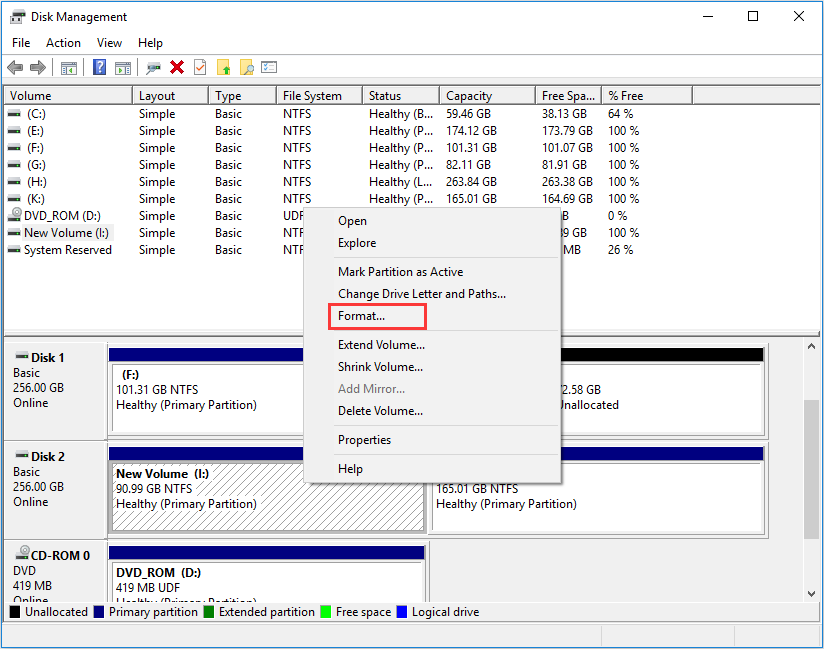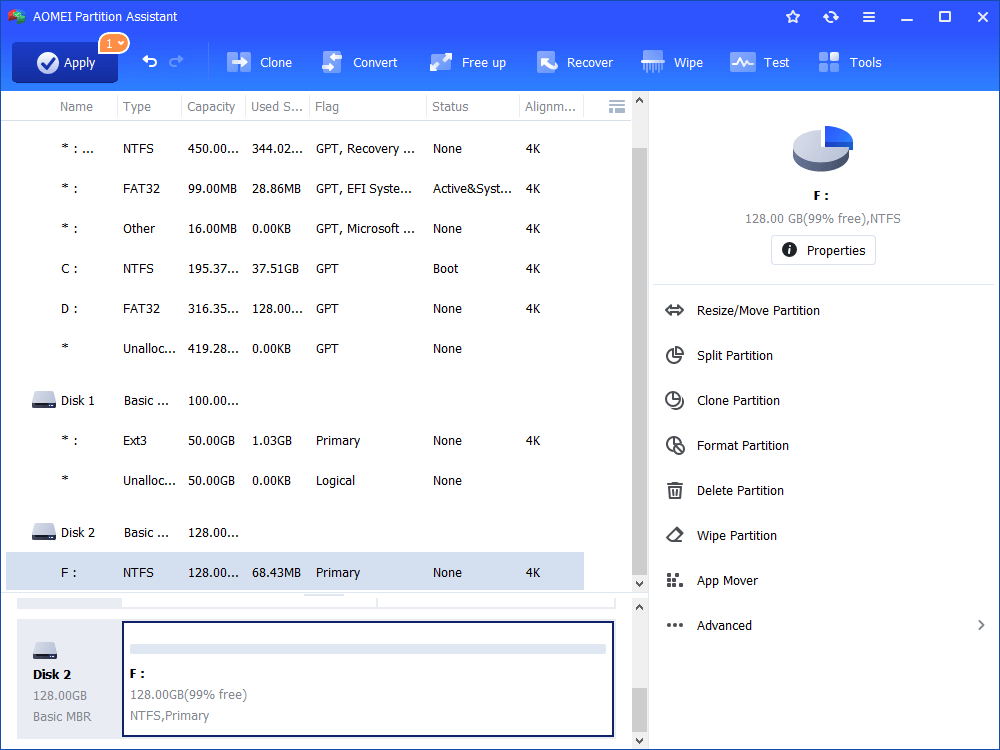
- Ntfs or exfat for ssd external how to#
- Ntfs or exfat for ssd external pro#
- Ntfs or exfat for ssd external mac#
Ntfs or exfat for ssd external mac#
…you need to allow both Mac and Windows computers to read and write to the storage device. …you connect the storage device to Windows computers, and you don’t need to allow a Mac to write to the storage device. If you use the drive only on a Windows computer, you can optimise file copy performance by formatting the drive NTFS. Some external storage devices are preformatted exFAT for compatibility with both Mac and Windows computers. Optimise performance by formatting your device NTFS Disconnect the hard drive from the computer.Windows displays a notification when it is safe to remove the device.

Ntfs or exfat for ssd external how to#
How to Safely Remove your external storage device:

Click to select Enable write caching on the device.Right-click the drive on which you want to turn disk write caching on or off, and then click Properties.Right-click My Computer or This PC, and then click Manage.Connect your external storage device to the computer.Safely removing instructions are provided below. NOTE: It’s extremely important to safely remove your external storage device before disconnecting it from your computer. For more information see this linked Microsoft article. It’s important to be aware of the risks such as data loss or data corruption due to power loss, hardware failure, or not safely ejecting the device simply because the data left in the RAM has not been written to the external storage device. While it’s true that write caching improves performance, some precautions need to be taken. Caching these commands allows the computer to temporarily save them until it's written to an external storage device. Write caching is used to improve performance by using the volatile memory (RAM) to collect write commands sent to a storage device. This will allow your system to put more focus on the data transfer which should increase its performance. When doing large data transfers or trying to maximise overall speed of the transfer it is best to ensure that any extra tasks are held to a minimum. NOTE: Enabling write caching will increase the speed of your device regardless of the format you choose.

Ntfs or exfat for ssd external pro#
What do you mean by VMware software ? VMware ESXi or VMware Workstation Pro (on Win 7/10) ? 500GB for VMs it will be kinda small ? Coz if its on ESXi, then VMware would format it as VMFS while if on Win10, it should be NFTS or FAT32 etc that Win10 can use while maybe also NMFS if VMware Workstation uses it as a DataStore ?ģ Hearsay again ? "someone told you ".This article provides instructions to improve the performance of an external storage device when using Windows. Where is this SSD going to be ? What do you mean external ? USB ?Ģ.

I breaking down into 3 point that you mentioned.ġ. I appreciate it if I could have your opinion about this. I'm intending to use it for storing and running virtual machines in VMware software such as windows server 2016 and CentOS Linux VMs.ģ I was thinking of formatting it first to NTFS but I was told that I could get a better performance by leaving its format to exFat.


 0 kommentar(er)
0 kommentar(er)
